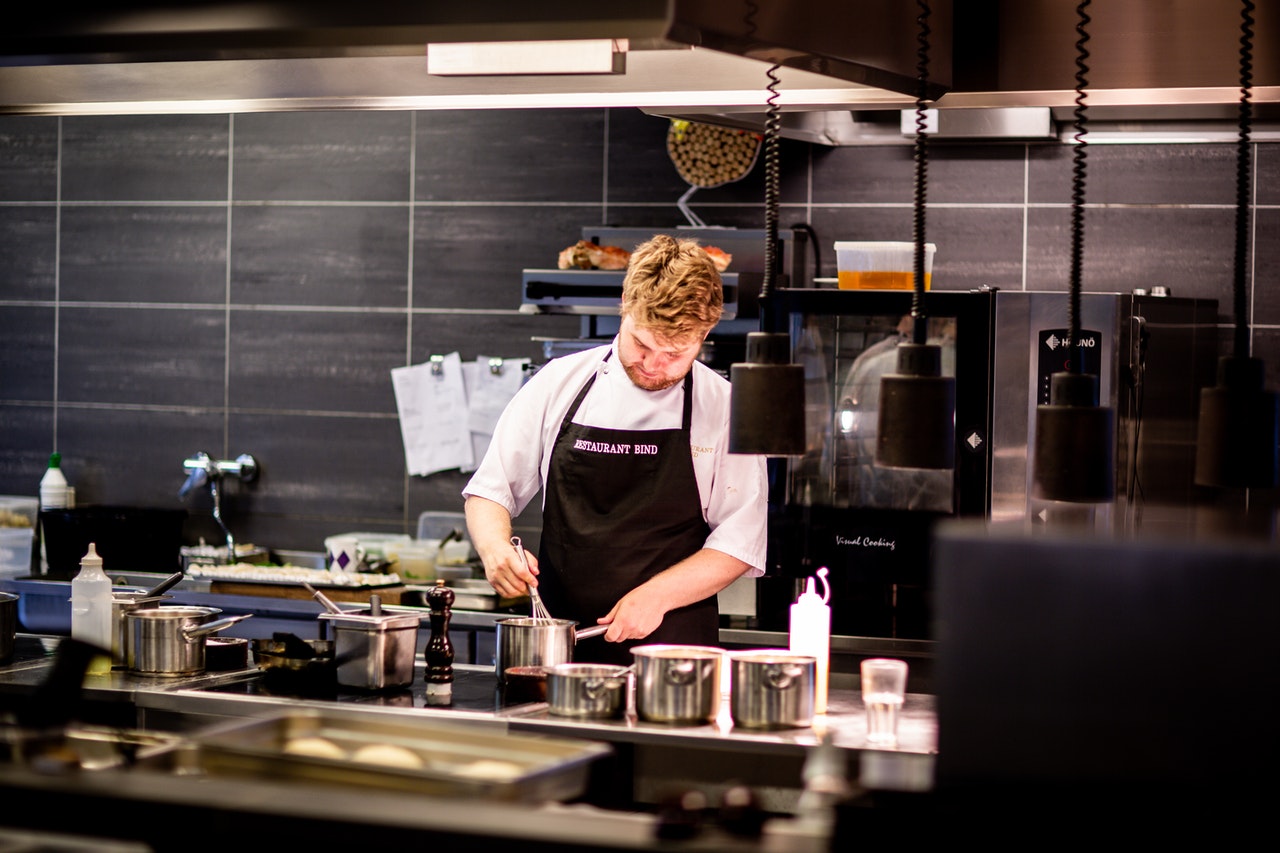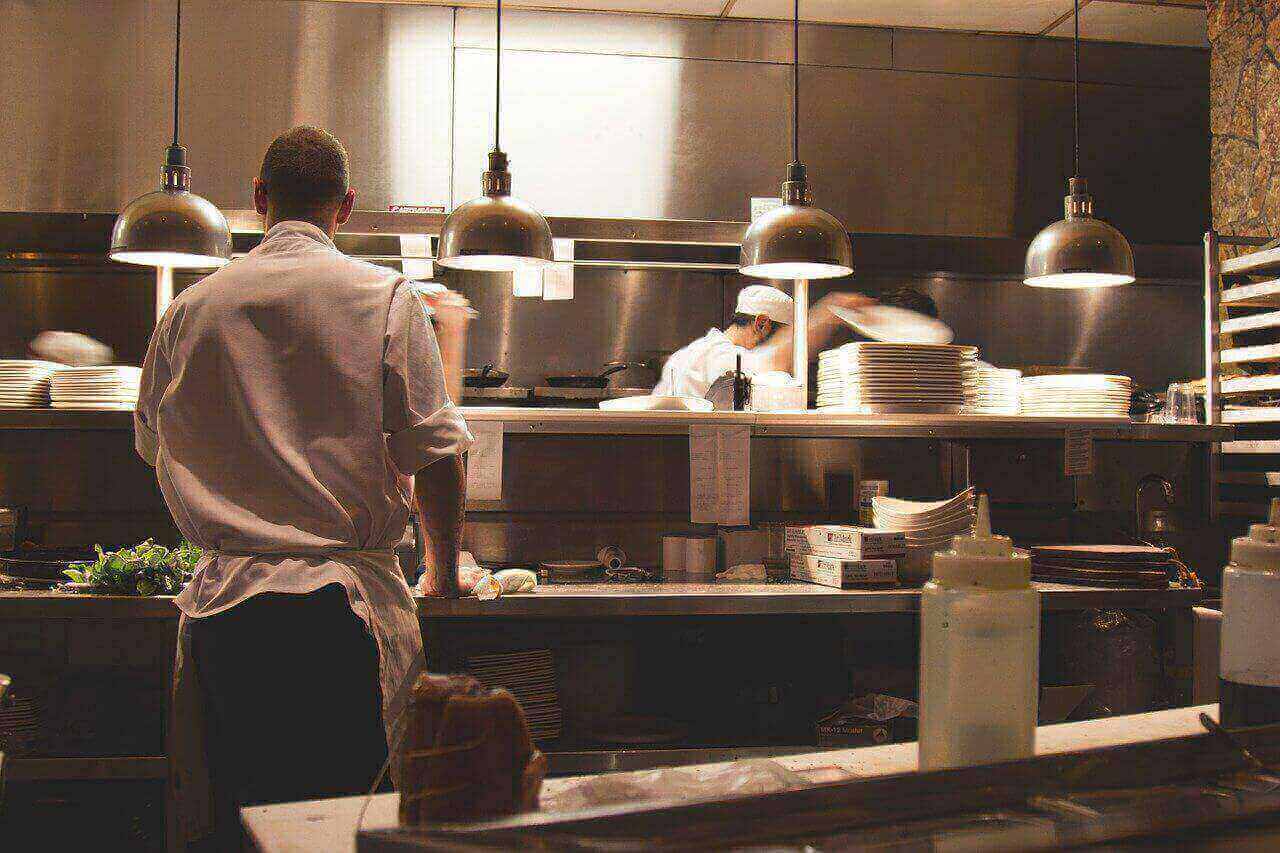Grease traps are essential components in commercial kitchens. The pouring of fats and oils straight into your plumbing system can easily lead to sewer blockages and harden in the system.
Failure to use a grease trap carries more implications than blocked sewers. In fact, wastewater containing grease from commercial kitchens can create serious environmental hazards.
While grease traps are extremely useful for keeping your pipes free of blockages and protecting the wildlife, only a clean grease trap will deliver that value.
In this article, we are going to further explore why you should keep your grease trap clean. We'll also cover the basics of how you can achieve this goal in your restaurant's kitchen.
The Starting Point: Why Is Cleaning Important?
Conducting regular cleaning saves you the expenses of dealing with improper maintenance. Without regular upkeep, the grease trap and connected pipework can damage.
However, there is more at play than practicalities. You need to follow the guidelines for cleaning times. These depend on your location and may even be contingent on the grease trap model you have. In any case, it's crucial to follow the minimum standards for keeping things clean.
Some owners feel that spacing out the cleaning times to the widest extent possible saves money. However, there is always the risk that stretching the servicing intervals can lead to new problems.
A grease trap removes and contains fats, oils, and greases (FOGs). FOGs start breaking down, which leads to the formation of hydrogen sulfur gas that turns into sulphuric acid.
Sulphuric acid is a highly toxic substance that does not get along well with the grease trap's inner mechanics. The negligence of sulphuric acid formation could lead to the need for a new grease trap.

How Does Grease Trap Cleaning Work?
The process is called grease trap pumping. This is carried out by removing all the liquids and solids from the inside of your grease trap. After the removal is finished, the grease gets taken to a processing facility.
Here is how the pumping itself works:
- A truck carries a large grease tank.
- Your grease trap is connected to the collection tank via a hose.
- The contents of your grease trap are smoothly transferred to the tank.
- The inner surfaces get free from hardened FOGs by scraping and pressurized water.
You may have in-ground grease interceptors in your restaurant. If that’s the case, the workers can remove the grease outside by using the same pumping method. However, it's important to check inside the device to make sure that all the particles have been removed.
How Can You Keep Your Grease Trap Cleaner?
In addition to the regular professional cleaning, you can take practical steps to keep your grease trap even cleaner. Doing so will cut repair costs and extend its useful lifetime.
Everything starts by ensuring that your grease trap is properly installed. Here are some clear signs of a failed installation:
- Grease escaping from the device's container
- Strange noises
- Failure to collect grease

In addition, you want to be sure to upkeep your day to day kitchen procedures. It's a good idea to start managing your restaurant's grease output. Fewer fats, oils, and grease mean better endurance and durability of your grease trap.
In order to achieve this goal, here are some things you can do:
- Reuse clean oil
- Wipe dishes before washing
- Bake instead of frying
- Change your kitchen's exhaust filters: this makes a difference because these filters play a role in the regulation of fat and oil vaporization in the kitchen.
Another part of keeping things clean is preventing solid food items from reaching your grease trap. You have to stop the solid food from finding its way into the grease trap to maximize its efficiency and life span.
Sometimes the root cause of food solid issues rests on the garbage disposal. The problems start when the disposal allows the solids to find their way into the gray water mixture. The easiest solution here is to utilize a strainer for the removal of these solids.
Finally, it's important that you don’t use your grease trap as a bin. Don't pour your grease straight into the drain for grease trap purposes. Instead, you should use separate metal containers to securely store your grease.
When the grease trap cleaners come to visit your kitchen, you can hand over these containers as well. This is important because you'll keep your grease trap at a lower capacity for a longer time. Additionally, your kitchen drains will have a lower risk of getting clogged.
However, you should always make sure that the containers are made of strong metal. Using plastic buckets or containers may easily lead to accidents. The hot grease can eat through the plastic, resulting in spills and kitchen hazards.

The Final Word: Importance of Clean Grease Traps
Keeping your grease trap clean is crucial. Following the right maintenance routine and taking a precautionary approach to sanitation helps you save money and keep your grease trap working for longer.
These are the main benefits of keeping your grease trap clean:
- You'll counter the build-up of toxic compounds
- Better overall safety in your commercial kitchen
- The work environment will be healthier and more sustainable
- There is a lower risk of pollution
- You'll save money on repairs and emergency upkeep
- You won't have to deal with unpleasant odors
- There is a decreased risk of blockage
For more information, contact Grease Cycle.